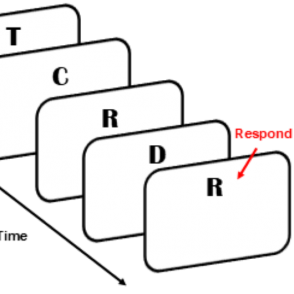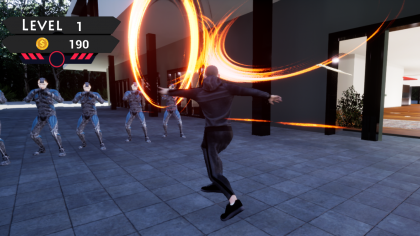Examining Cognitive Control and Brain Function in Video Games
Department of Neuroscience/Psychology
Mentor: Kira Bailey PhD
Mentees: Joy Buraima, Isabelle Rodriguez, Navami Shenoy
Abstract
A growing body of evidence suggests that action video game (AVG) experience is associated with improvements in visual/spatial attention and cognitive control (Green & Bavelier, 2003, 2006, 2007; Green, Pouget, & Bavelier, 2010) and changes in brain function (Knols et al., 2017). The significance of this finding lies in the implication that the skills acquired in an AVG might be transferred to other contexts (Boot, Blakely, & Simons, 2011; Green & Bavelier, 2003). This has led some researchers (Bavelier et al., 2012; Green & Bavelier, 2008) to recommend the use of AVGs in training protocols among populations that would benefit from enhanced visual attention and cognition (e.g., older adults, pilots, military personnel). These recommendations may be premature, however; there are several methodological criticisms of the past research (Boot, Blakely, & Simons, 2011; Bisoglio et al., 2014), one of which is that the use of readily available commercial video games does not allow for strong experimental control over the numerous variables that could influence cognitive skills. Unreal Engine 4 was used to create three video games that simulate standard laboratory assessments of cognitive control; two simulate the Flanker task (Ericksen & Ericksen 1974) while the third video game simulates the N-back task. Two benefits of this approach are 1) greater ecological validity in measuring cognitive control, and 2) the ability to control numerous variables in the video game in order to directly test hypotheses. The realistic video games should provide behavioral data comparable to behavioral data obtained from the standard psychological tasks, while also providing insight into the mechanisms for video game effects on cognition.
Simplified Abstract
Video games impact cognitive control, the processes that allow us to plan and execute our goal-directed behavior. But how? We are not sure.
Some studies involving video games have found positive changes in cognitive control, while others show negative changes. However, video games in the market are not designed to train cognitive abilities, so it is difficult to know which aspects of the games are causing these changes. We are designing video games that replicate the tasks used by researchers to study cognitive control. This not only gives us greater experimental control but it also allows us to better ascertain the effects of specific game features on brain activity and behavior.
The significance of the research lies in the implication that the skills acquired in action video games (AVGs) may help train other populations to enhance visual attention and cognition. These populations could include older adults, military personnel, and pilots. Using Unreal Engine 4, Buraima, Rodriguez, and Shenoy created 3 video games from scratch to imitate the Flanker task and N-back task.
















